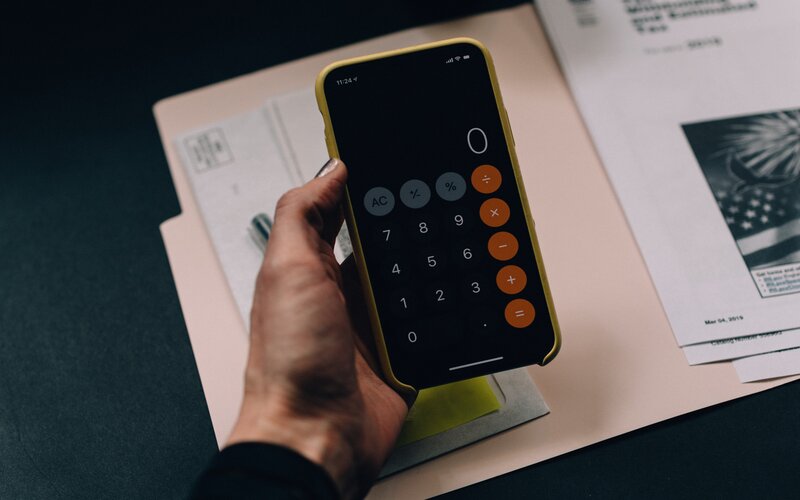The CommBank Household Spending Intentions Index (HSI) rose by 1.9% in November to 118.2.
The data shows the gain was driven by higher spending on transport, retail, and health and fitness.
Retail spending jumped 6.4% in November, with Black Friday sales driving an 8% increase in the last week of the month as consumers brought forward their Christmas spending.
Transport also saw a 6.5% increase, led by higher petrol prices and spending at service stations.
Meanwhile, the largest declines in November were for entertainment (-4.4%), motor vehicles (-3.8%), and travel (-6.6%) given the RBA’s eight consecutive monthly interest rate hikes and pent up post-Covid travel demand cooling.
| Spending category | Monthly change % | Yearly change % |
| Transport | +6.5% | +63.9% |
| Retail | +6.4% | +4.8% |
| Health and fitness | +5.0% | -7.8% |
| Home buying | +3.9% | -24.8% |
| Utilities | +1.4% | +4.2% |
| Household services | +0.9% | +1.8% |
| Communications and digital streaming | +0.3% | -3.9% |
| Education | +0.2% | +9.2% |
| Insurance costs | -0.5% | +1.8% |
| Motor vehicle | -3.8% | -3.0% |
| Entertainment | -4.4% | -2.4% |
| Travel | -6.6% | +14.2% |
Source: CBA Housing Spending Index November 2022
CommBank Chief Economist Stephen Halmarick said households have begun to feel the pressure of rising rates and inflation, with spending expected to slow down into the new year.
“The HSI Index’s narrow rise in November could be something of a ‘last hurrah’, with underlying spending trends showing households are hesitant to spend too much as interest rate hikes flow through in increased bills and higher prices,” Mr Halmarick said.
“This year’s Black Friday results continue to show a clear shift in recent years for shoppers to bring forward their Christmas spending and make the most of the sales on offer.
“With the RBA having increased interest rates by 300 basis points in 2022, household budgets will become more constrained into the new year, putting further downward pressure on spending.”
In the RBA’s latest Monetary Policy Decision, board members noted household spending is expected to slow although “the timing and extent of the slowdown” is unknown.
New ABS data for October 2022 revealed household spending across Australia recorded a 20.7% increase compared to the same time last year.
ABS Head of Macroeconomic Statistics Jacqui Vitas said that Covid-19 continued to be the biggest factor influencing household spending.
“The through-the-year rise was more moderate than previous months, which coincides with less COVID-19 Delta lockdown impacts this time last year,” Ms Vitas said.
“Spending in Transport (up 42.3%), Hotels, cafes and restaurants (up 39.9%), and Clothing and footwear (up 32.2%) all saw strong increases but have slowed in comparison to the previous two months.
“In contrast, spending categories not as negatively impacted by the lockdowns - Food (up 4.5%) and Furnishings and household equipment (up 1.8%) - saw only small rises compared with October 2021.”
Meanwhile, higher levels of spending have driven a fourth consecutive fall in the household savings ratio in the September 2022 quarter, down 1.4%.
PRD Chief Economist Dr Diaswati Mardiasmo said cost of living pressures have forced consumers to dip into their savings pots to afford basic living essentials and extra mortgage repayments.
“Unfortunately the cost of living that is going up quite exponentially are day to day living items – the house you live in, groceries, and fuel – all of which are primary needs,” Dr Mardiasmo told Savings.com.au.
“Therefore the ‘what you can go without’ choice is not always an immediate option – you need your home, food, and transport to work.
“As a result, many are dipping into their household savings instead.”
Image by Geometric Photography via Unsplash



 Harry O'Sullivan
Harry O'Sullivan
 Harrison Astbury
Harrison Astbury


 Emma Duffy
Emma Duffy

